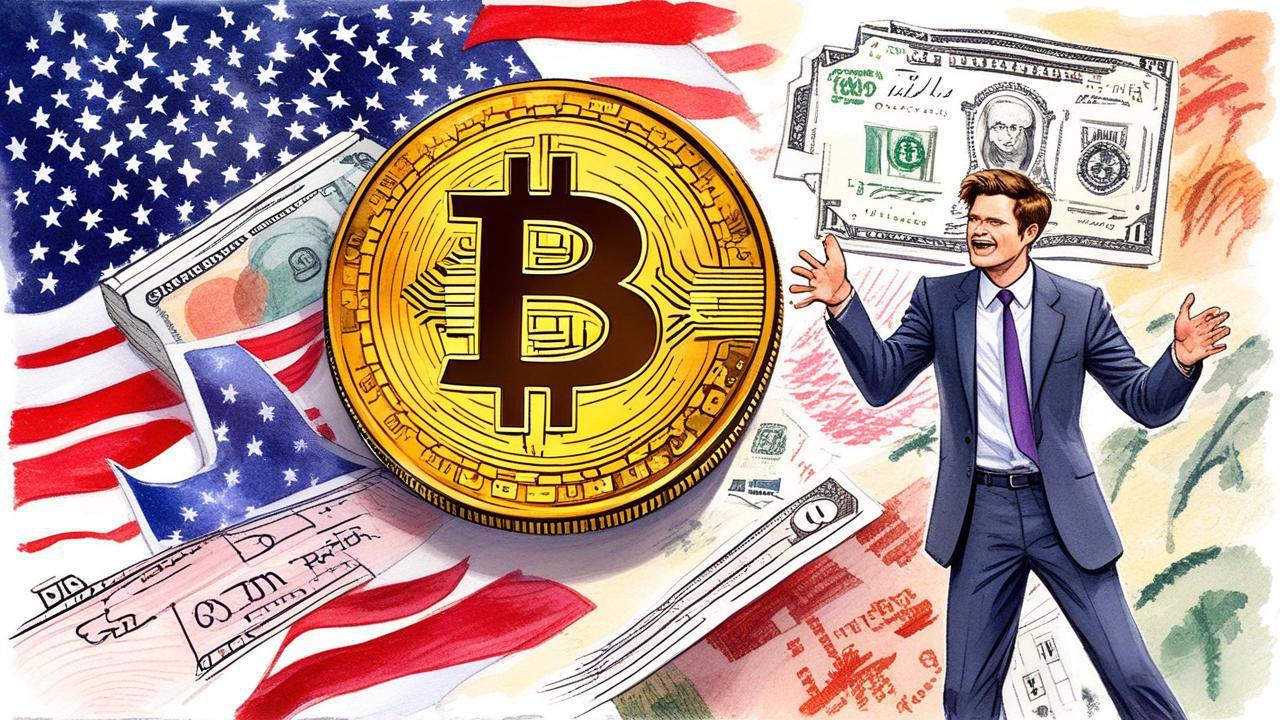April 11, 2025 – Global financial markets were jolted on Thursday as rising geopolitical tensions between the U.S. and China triggered a flight to safety, sending gold to new highs while risk assets like Bitcoin and tech stocks took a sharp hit.
The Nasdaq Composite plunged 5.5% after a sudden shift in tone from the White House sent shockwaves through investor sentiment. Bitcoin followed the tech-heavy index downward, slipping below the key $80,000 threshold after enjoying an 8% rally just a day earlier.
The renewed sell-off was catalyzed by a midday clarification from U.S. officials, confirming that the effective tariff rate on Chinese imports had climbed to 145%, up from President Trump’s previously announced 125%. The change stems from the addition of a 20% duty on fentanyl-linked goods, layered on top of the already elevated rates.
Crypto and Tech Under Pressure
The volatility proved particularly painful for crypto-linked equities. Shares of MicroStrategy tumbled over 11%, while Coinbase and Marathon Digital declined 8.1% and 9.3%, respectively.
Bitcoin’s decline echoed the broader risk-off sentiment engulfing markets. After briefly touching new highs earlier this week, the leading cryptocurrency faced renewed skepticism amid growing concerns about global trade tensions and the unpredictability of U.S. policy.

As uncertainty gripped Wall Street, investors sought refuge in traditional safe havens. Gold prices surged 3% to a fresh all-time high of $3,168, buoyed by fears of escalating conflict and a weakening U.S. dollar. The DXY index, which tracks the greenback’s performance against a basket of major currencies, slid below 101, wiping out gains made since November and marking a 9% decline from its January peak.
A Complex Policy Landscape
Kirill Kretov, a senior analyst at CoinPanel, noted that policy volatility is now a key market driver. “We’re in a landscape where geopolitical signals are shaping sentiment almost in real-time,” he said. “Trade strategy from the White House is proving especially disruptive, making it harder for markets to anchor expectations.”
China responded to the tariff escalation by hinting at cultural sanctions, including reduced imports of U.S. films—an unexpected move that added yet another layer to the growing economic standoff.
Outlook Clouded by Uncertainty
The week had started with optimism following a historic rebound in U.S. equities, but Thursday’s developments underscored the fragility of that sentiment. With the Federal Reserve facing mixed signals on inflation and global instability, policymakers may find themselves in an increasingly complex position.
Investors now brace for more volatility as markets digest the potential long-term consequences of a deepening U.S.–China trade rift.
